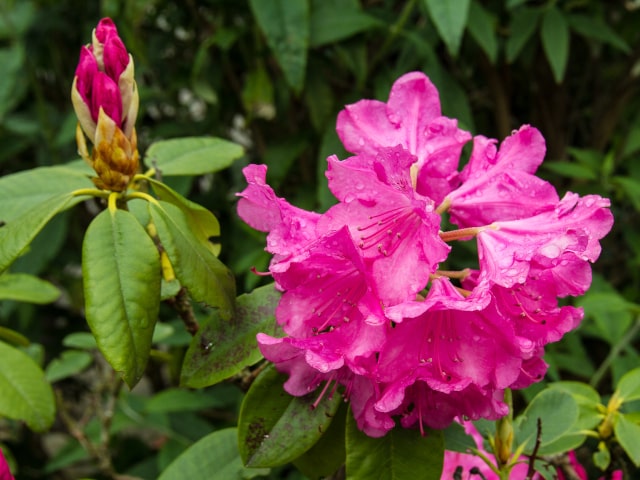
Rhododendrons are amazing shrubs that can be found in many gardens. They are praised for their looks, including their beautiful flowers. Rhododendron plants bloom in the spring, making any garden more beautiful and effective.
However, it is not unusual for Rhododendron to refuse to give blooms. Rhododendron not flowering can be a consequence of many factors, primarily inadequate care. Keep in mind that these plants like sheltered locations with dappled sunlight and acidic soil. These are key factors you need to give your Rhododendron to make it thrive. Since a plant needs to be strong and healthy to produce flowers, it is clear that the main reason for Rhododendron not flowering is that it doesn't have ideal conditions to thrive.
Why is Rhododendron Not Flowering?
As noted above, inadequate conditions are the main reason for Rhododendron not flowering. Many factors, such as drought or a late frost, can make your plants fragile, which diminishes the chance of producing flowers. Soil that is too alkaline or a lack of sun can also contribute to Rhododendron not flowering.
Also, other issues with care can contribute to your Rhododendron not blooming. For example, too much nitrogen fertilizer can contribute to this issue, and so is lack of sun. Also, keep in mind that inadequate pruning can be the culprit: if you remove developing flower buds, chances are that your Rhododendron will not produce flowers.
Main Reasons for Rhododendron Not Flowering
Here are the top 5 reasons for Rhododendron not flowering, and what you can do about that:
1. Not Enough Sunlight
One of the main things you need to ensure to have your Rhododendron bloom, is to provide it with the right balance of light and shade. If your plant is in a complete shade, it will not have enough energy to produce flower buds. On the other hand, too much direct sunlight is not good, either: this can lead to burns and your plant might become weaker.
Since in the natural habitat, Rhododendron grows under the tree canopy, it is best to replicate this in your garden. Those are ideal conditions for encouraging your Rhododendron to produce flowers.
Also, make sure to check the soil. Rhododendron requires acidic soil to grow properly. If the soil in your garden is alkaline, this might prevent your plant from thriving, which in turn can prevent your plant from flowering.
2. Inadequate Pruning
Keep in mind that Rhododendron develops its flower buds around August. These stay dormant during the cold months, only to bloom in the following spring or summer. However, a Rhododendron will not be able to flower if the buds are destroyed through pruning.
Because of this, you must be careful about pruning, not just how much you do it, but also about the timing. Never do a hard prune during the fall: this will likely remove a lot of flower buds from your Rhododendron. If this happens, chances are that your plant will only produce flowers in two years and not before that.
If you need to prune your Rhododendron to improve its shape and to remove the old wood, make sure to do it right after the plant has finished flowering. This is when it's least likely that you would destroy flower buds.
3. Too Much Fertilizer
Too much fertilizer is not good for blooms. This is particularly true for fertilizers rich in nitrogen. These will encourage foliage growth, but not flowers. In order to make your Rhododendron bloom, you need to lower the amount of fertilizer you are giving to your plants.
Unlike so many other flowering shrubs, Rhododendron doesn't need that much feeding, so you don't have to provide a lot of fertilizer. You won't need to apply fertilizer throughout the year, as long as you plant Rhododendron in a nutrient-rich soil that has a lot of organic matter, such as compost. However, if these soil conditions are not possible, your Rhododendron will likely benefit from a bit of additional fertilizer, but make sure not to use the one with a lot of nitrogen.
4. Drought Stress
It is not unusual for Rhododendron plants to be damaged by drought. This puts a lot of stress on the plants, which results in its inability o produce flowers. Keep in mind that Rhododendron requires a well-draining soil that should also be moist. It needs this moisture to thrive. When the soil is too dry, it can stress the plant and make it less likely to bloom.
Because of this, always make sure that your Rhododendron receives adequate amounts of water. A good way to improve the situation is to add a layer of mulch around the plants. This will help conserving water and will also add some nutrients to the soil. Always ensure that the soil around your plants is moist so your Rhododendron never experiences drought stress.
5. Frost Damage
An unexpected frost can do a lot of damage to your plants. Rhododendrons are not exceptions: if a frost damages flower buds, they will not bloom in the following year. This is particularly dangerous with late frosts that happen early in the spring, when the flowers are beginning to emerge.
The bad news is that there is not much that can be done once the plant is damaged by frost, but you can do a lot on preventing this from happening. If you live in a climate with unexpected frosts, make sure to protect your Rhododendrons. Transplanting them into a sheltered area of the garden may be the best way to go. Using fleece and other materials to protect your plants from frost is also beneficial.
Photo credit: DORIS META F
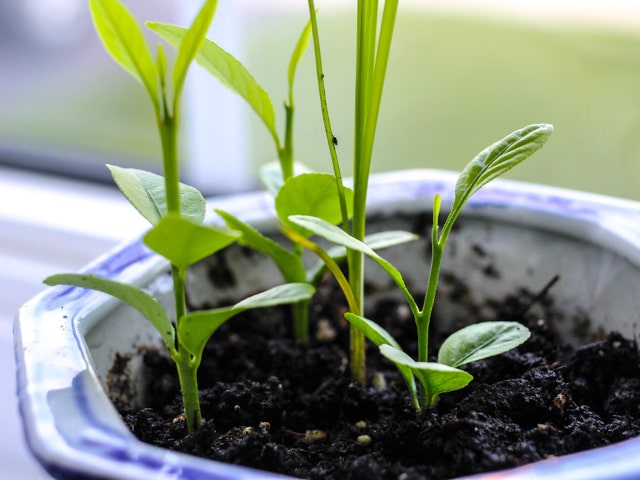
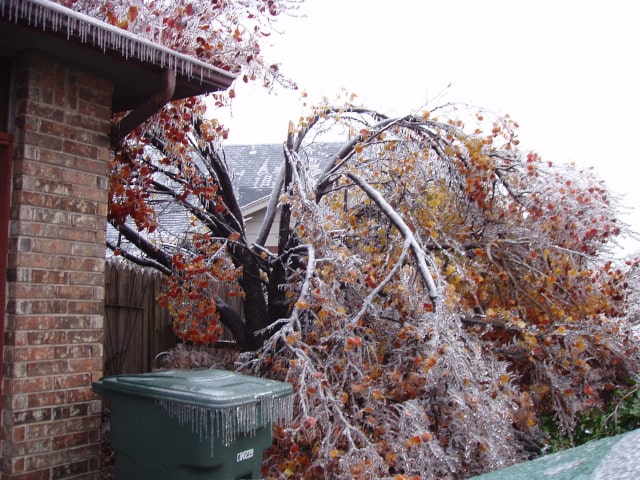
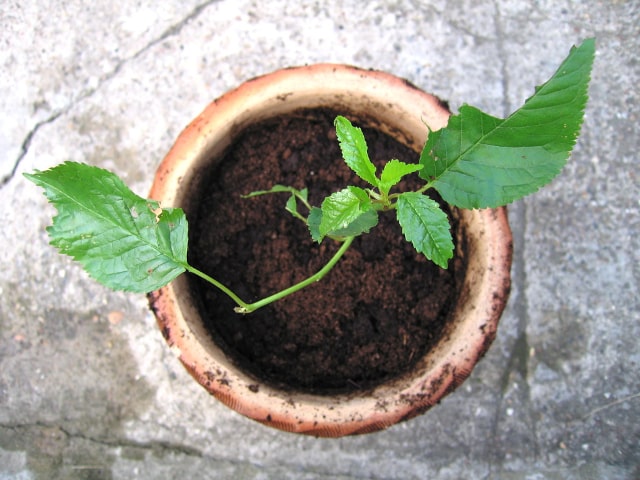
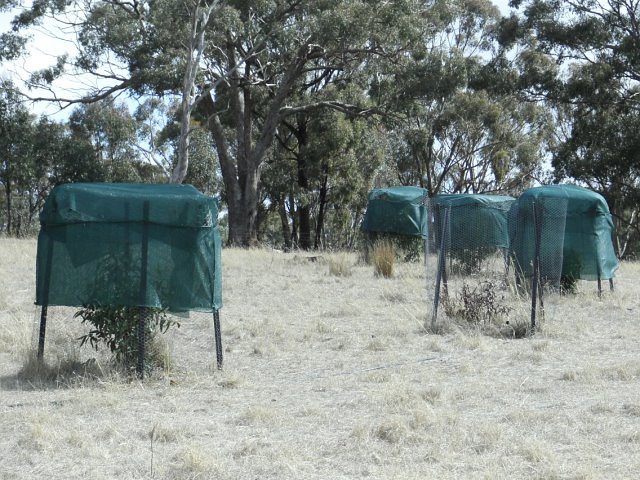
1 Comments
I live in the north east of UK. My Rhododendrons in the last two years have only had buds on and haven't flowered. What can I do?